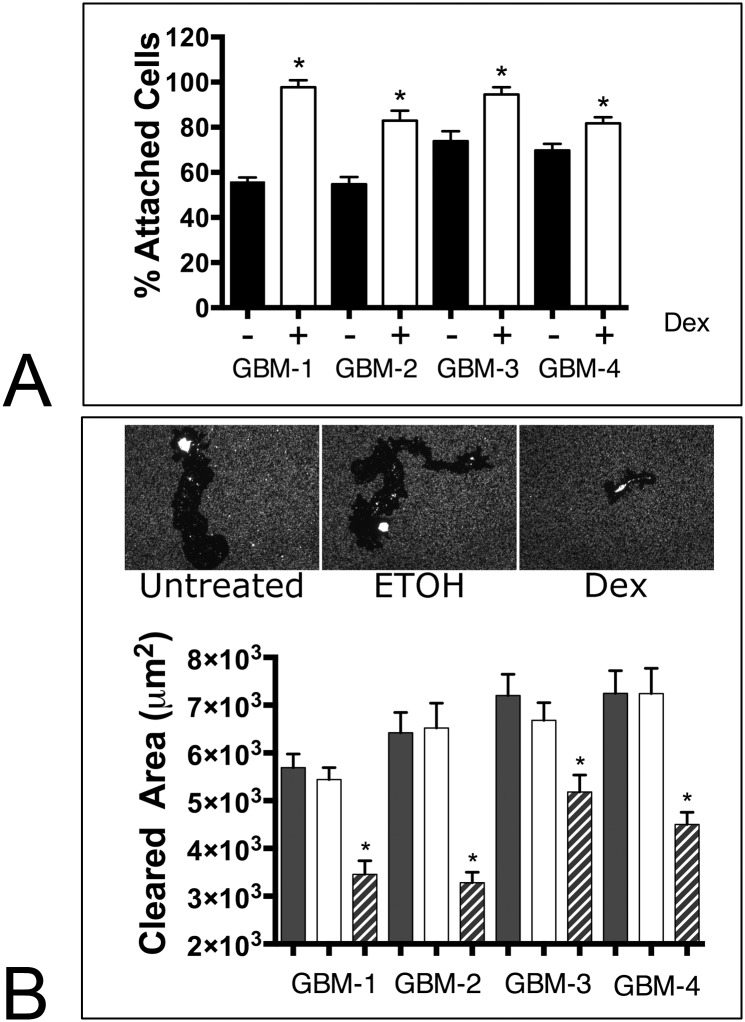Fig 5. Dex enhances resistance to shear-induced detachment and reduces cell motility.
(A) Untreated and Dex-treated GBM cells attached to PET membranes were subjected to 30 dynes/cm of shear flow for 3 hours, whereupon the number of cells retained on the membranes was quantified. For all lines, Dex treatment resulted in a significant retention of cells (t-test pairwise comparison, p<0.0001 for GBM-1,2, p = 0.0003 for GBM-3, and p = 0.0042 for GBM-4). Cell motility assays were also conducted in order to determine whether Dex, could also impact cell locomotion. A fluorescent microbead phagokinetic track assay revealed that Dex treated cells were less motile since treated cells appeared to essentially remain in place (B, upper panel). Motility was quantified by measuring cleared area of 20 cells for each untreated (solid bars), carrier-treated (clear bars), and Dex treated (hashed bars) groups and by comparing means by ANOVA and Tukey’s MCT. For all GBM lines, Dex significantly decreased cleared area (B, lower panel, ANOVA, p<0.0001, asterisk denotes significance, p<0.05).

